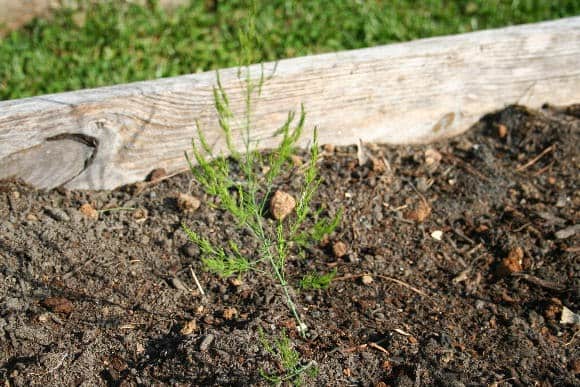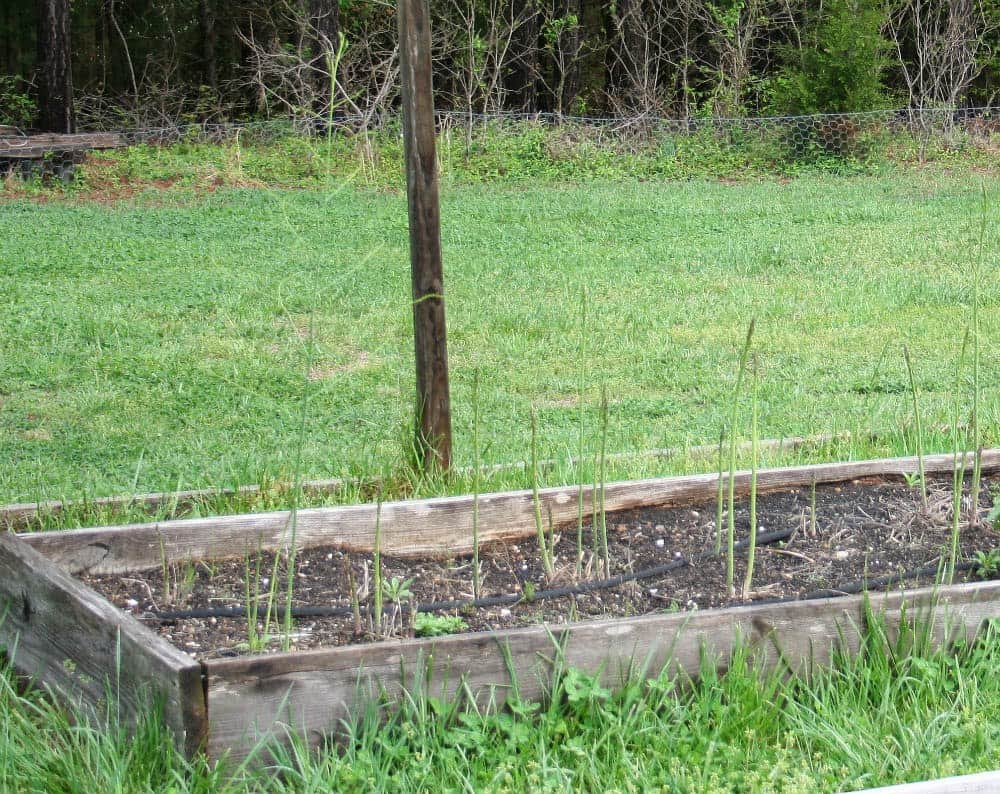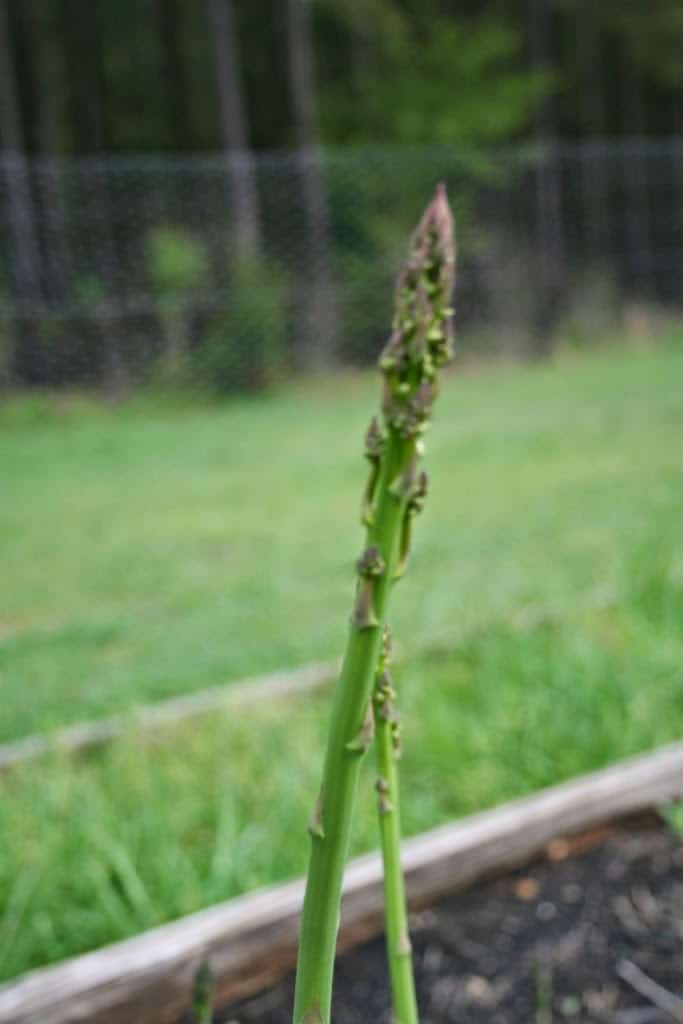Asparagus for the home garden can be challenging. It prefers alkaline soil with a pH around 7.0 – 8.0, higher than most vegetables. It’s a long-lived perennial that should be left in the same spot of earth for years. Once it starts producing, you’ll harvest plenty of asparagus.
Asparagus for the Home Garden
 |
| Asparagus in my garden. |
Growing Conditions for Asparagus
Soil and Fertilizer for Asparagus
Asparagus Varieties
How to Plant Asparagus
Weeding
 |
| My asparagus bed in early spring in the vegetable garden. |
The Pleasures of Fresh Asparagus
- Virginia Cooperative Extension, Growing Asparagus in the Home Garden
- Mother Earth News, Asparagus









That is awesome Jeanne, my hubby and the kids and I are trying to grow more and more of our own produce so I am so pleased to have come across your blog due to kindly leaving a comment on mine.
This is on my list to grow “someday”. 🙂
Thanks Marye and Multi-tasking Mama! Asparagus is surprisingly easy to grow…really…once you get it into the ground, it does its thing, and voila – delicious fresh asparagus!
Keep coming back :)!